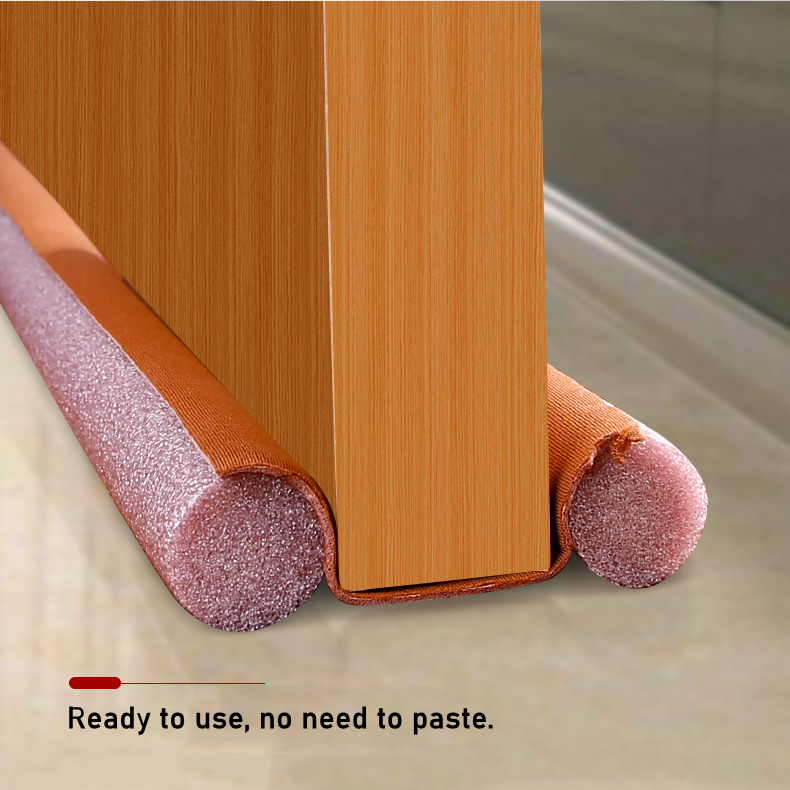garage door weather seal types
Understanding Garage Door Weather Seal Types
When it comes to homeowners’ concerns, ensuring their garage is protected from the elements ranks high on the list. A crucial factor in keeping your garage insulated and secure is the weather seal on your garage door. The right weather seal can make a significant difference in energy efficiency, comfort, and overall protection of your garage space. This article will explore the various types of garage door weather seals, their benefits, and how to select the best one for your needs.
Types of Garage Door Weather Seals
1. Bottom Seals The bottom seal is one of the most essential components of a garage door weather seal system. It is installed at the base of the door and is designed to prevent drafts, water, and debris from entering the garage. Typically made of rubber or vinyl, these seals come in various designs, including T-style and P-style. T-style seals offer a solid barrier against excessive weather intrusion, making them ideal for regions subject to heavy rain or snow.
2. Side Seals Side seals, also known as vertical seals, are positioned along the vertical edges of the garage door. While they may not be as noticeable as bottom seals, they play a vital role in sealing gaps between the door and the framing. These seals help keep out pests, moisture, and cold air. Side seals are often made of soft materials that compress to fill the gaps when the door is closed, ensuring a snug fit.
3. Top Seals Positioned at the top of the garage door, top seals prevent water from seeping in during heavy rains. They work alongside the door frame to create a complete weather barrier. These seals are typically made from a similar material as bottom seals and can either be attached to the door or the frame, depending on the garage door design.
4. Threshold Seals A threshold seal is installed on the floor of the garage, directly beneath the garage door. This type of seal adds an extra layer of protection against water intrusion and helps to level out any minor disparities in the floor’s surface. Typically made of durable rubber or plastic, threshold seals not only provide insulation but also create a clean finish to the garage’s entry.
garage door weather seal types

Benefits of Installing Weather Seals
Investing in proper weather seals for your garage door offers numerous benefits. First and foremost, they enhance energy efficiency by reducing the amount of cold air that infiltrates during winter. This can lead to lower energy bills and a more comfortable living space. Additionally, effective seals will minimize dust, dirt, and debris from entering your garage, keeping it cleaner.
Furthermore, weather seals play a critical role in protecting your garage’s contents from moisture, which can lead to mold growth and damage to stored items. By sealing the garage effectively, you also deter pests and unwanted critters from making their home in your garage.
Choosing the Right Weather Seal
When selecting a weather seal for your garage door, consider factors such as the climate in your area, the type of door you have, and any specific needs you may have for insulation or pest control. Ensure that the weather seal material is durable and of high quality to withstand various environmental conditions.
Regularly check the condition of your weather seals, as wear and tear over time can diminish their effectiveness. Replacing old or damaged seals will help maintain the energy efficiency and overall longevity of your garage door.
In conclusion, understanding the types of garage door weather seals and their benefits is crucial for any homeowner. By investing in the right seals, you can ensure that your garage remains protected, energy-efficient, and comfortable year-round.
-
Under Door Draught Stopper: Essential ProtectionNewsJul.31,2025
-
Garage Door Seal and Weatherstrips for ProtectionNewsJul.31,2025
-
Edge Banding Tape for Perfect EdgesNewsJul.31,2025
-
Table Corner Guards and Wall Corner ProtectorsNewsJul.31,2025
-
Stair Nose Edging Trim and Tile Stair SolutionsNewsJul.31,2025
-
Truck Bed Rubber Mats for Pickup BedsNewsJul.31,2025
-
Window Weather Stripping for Noise ReductionNewsJul.29,2025